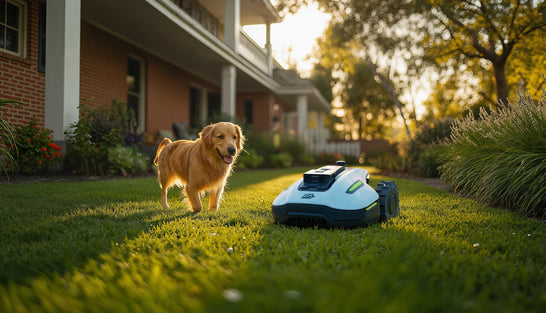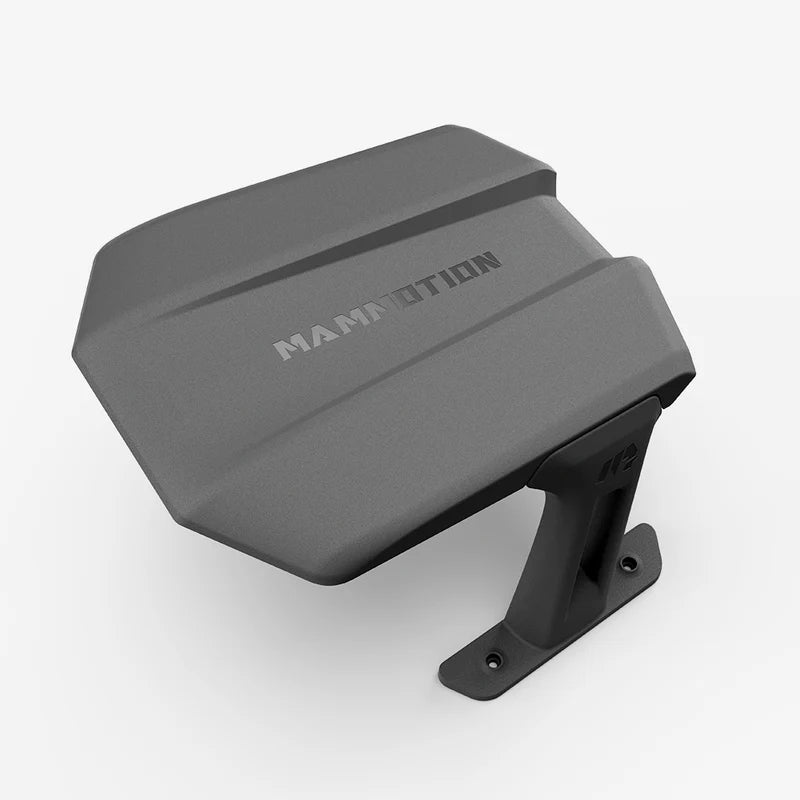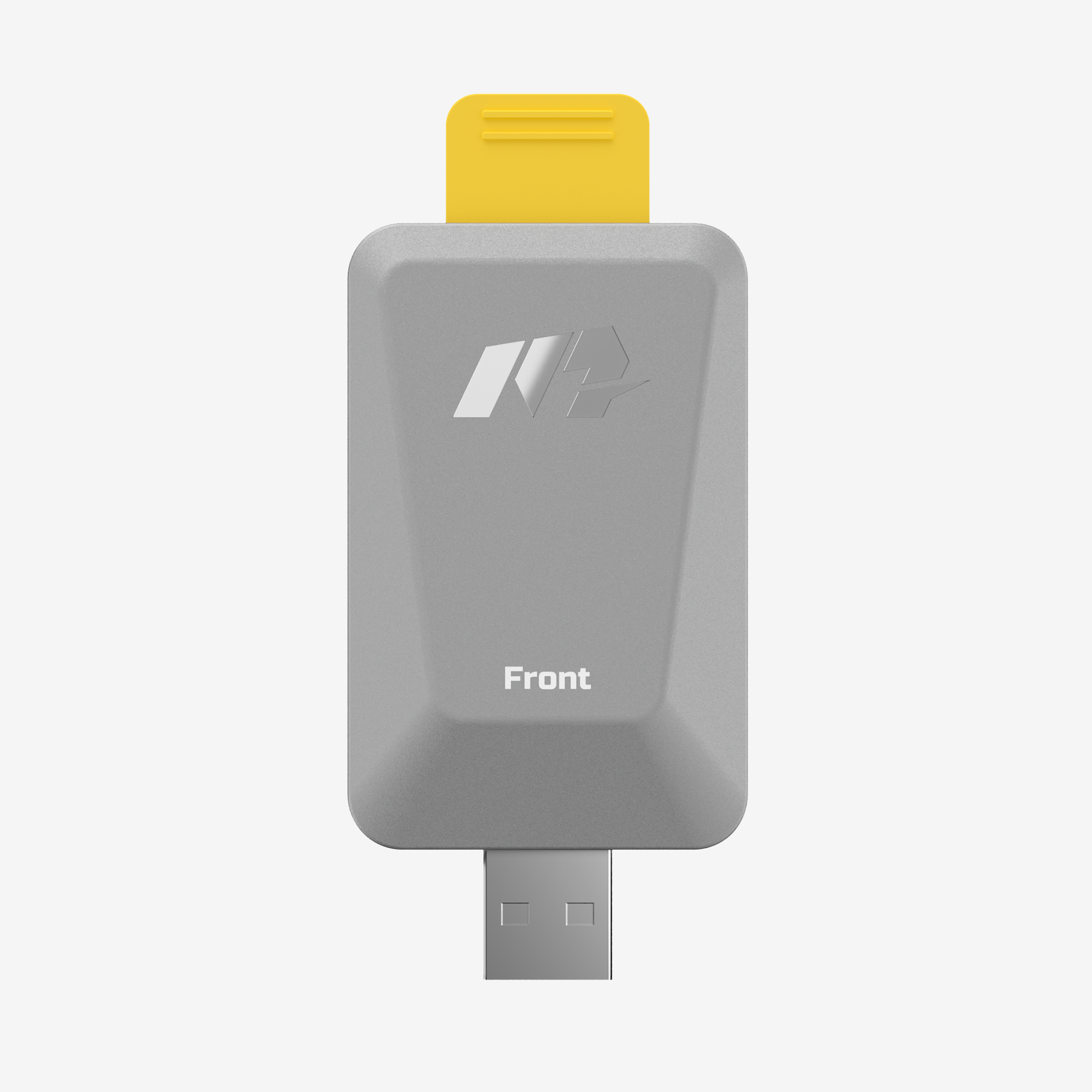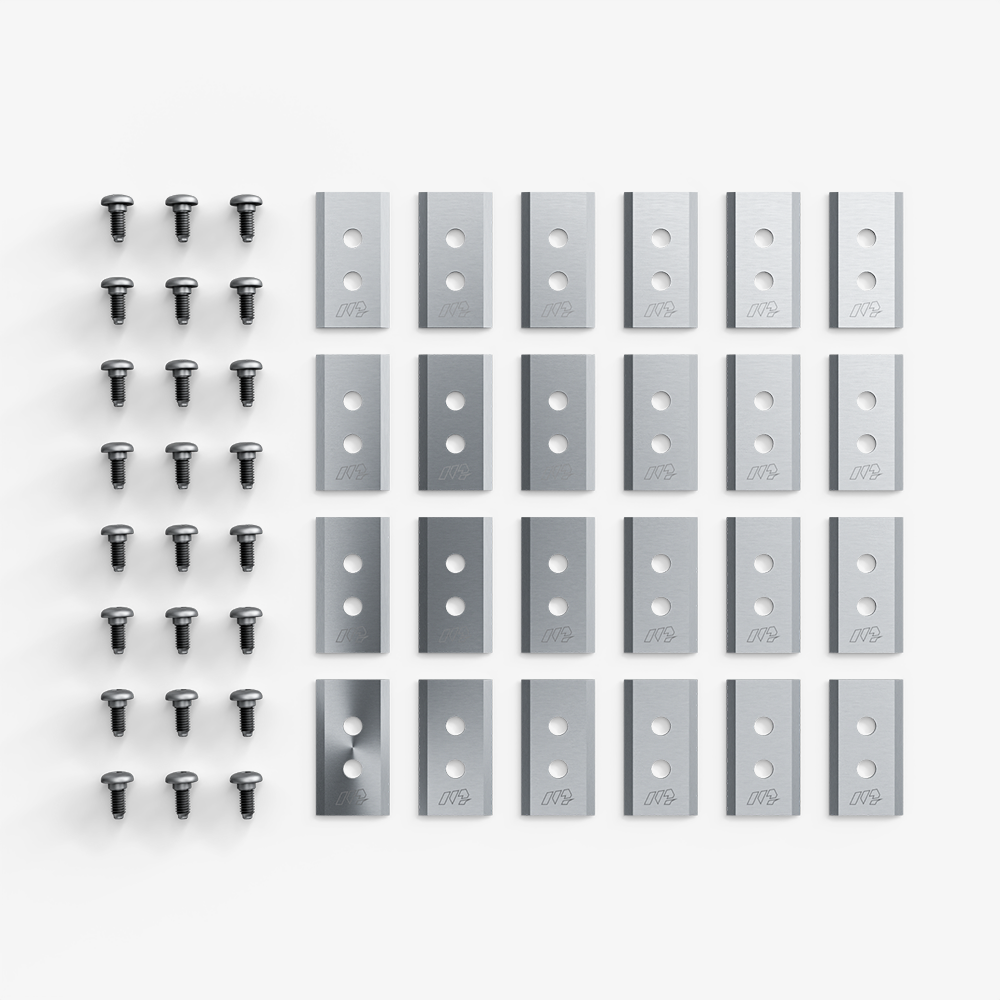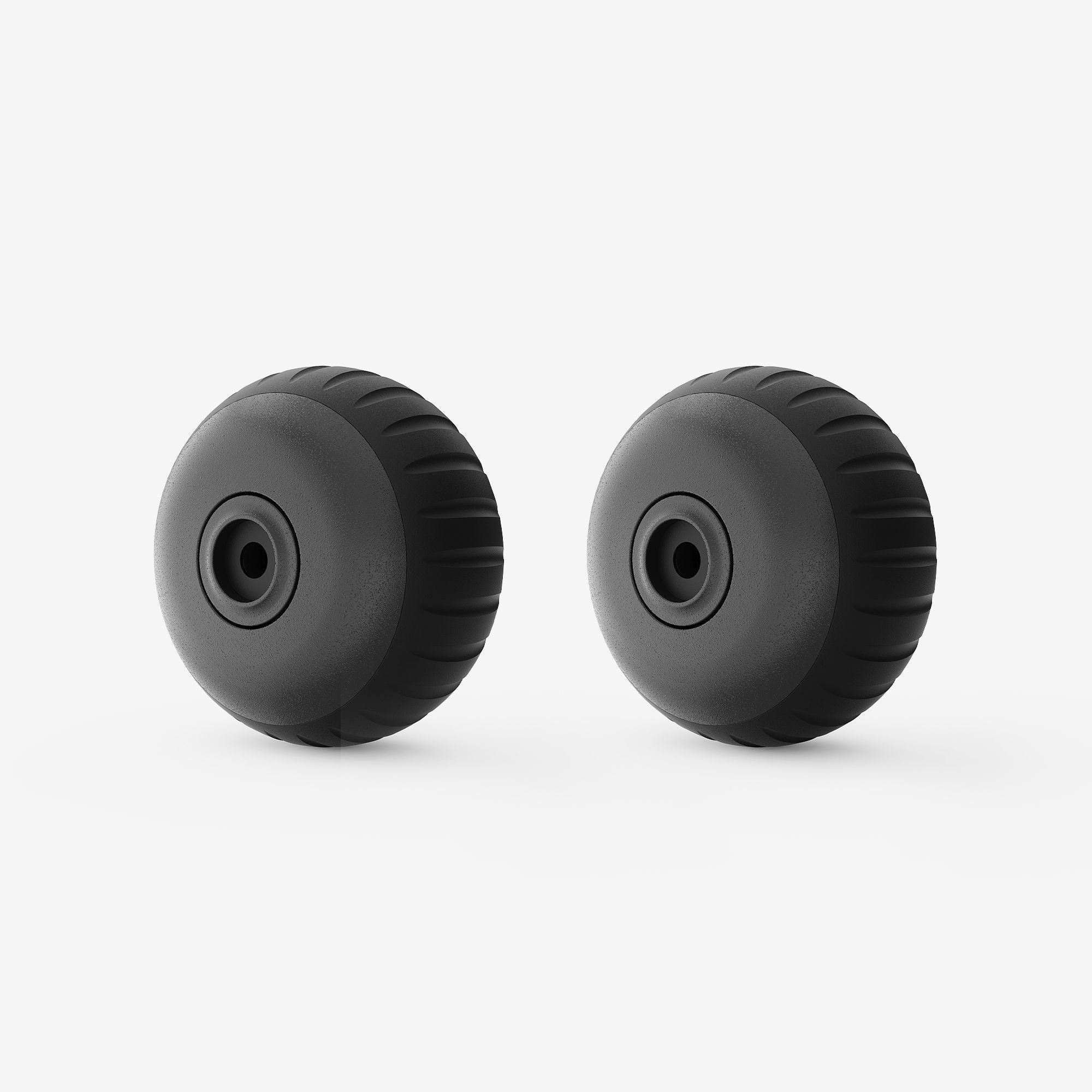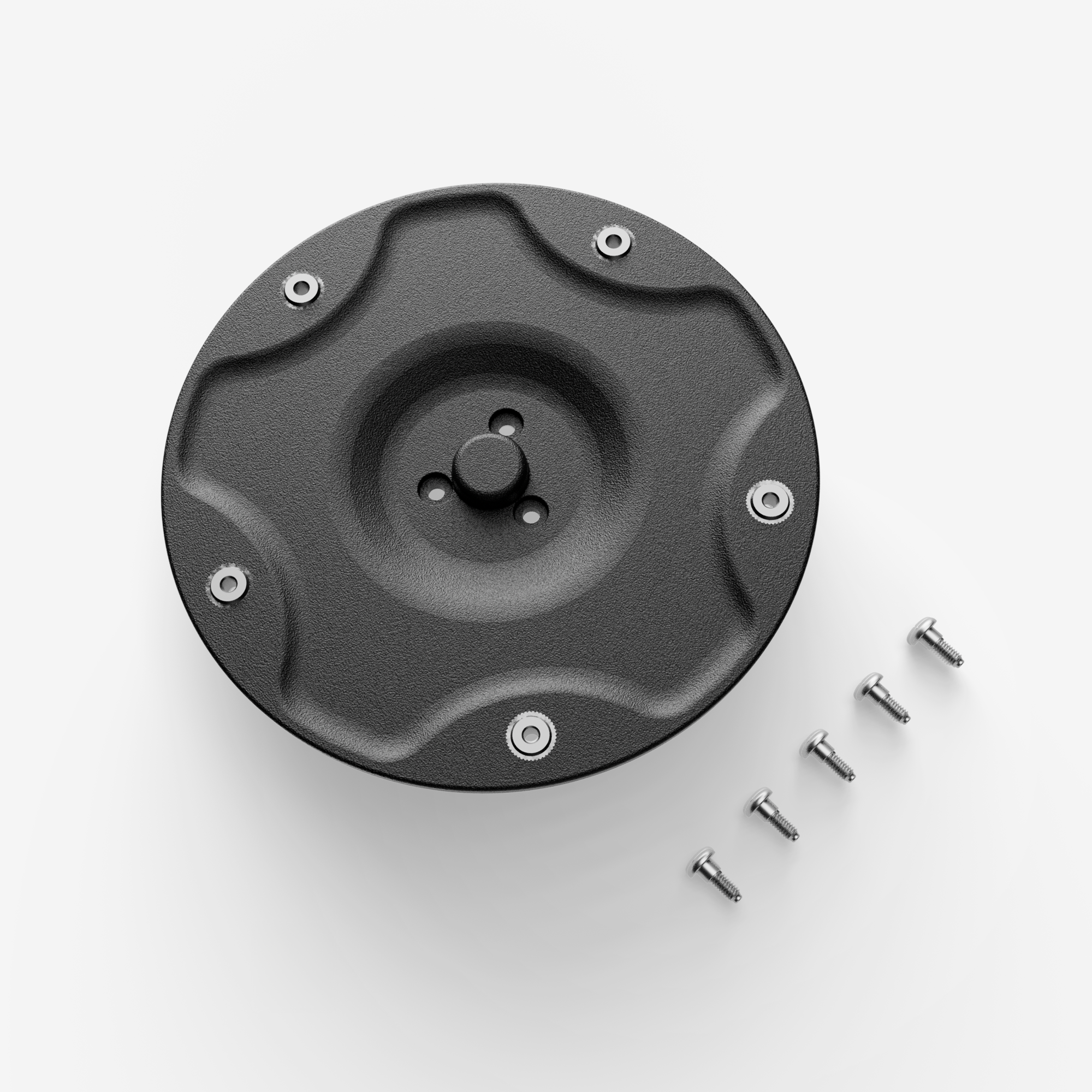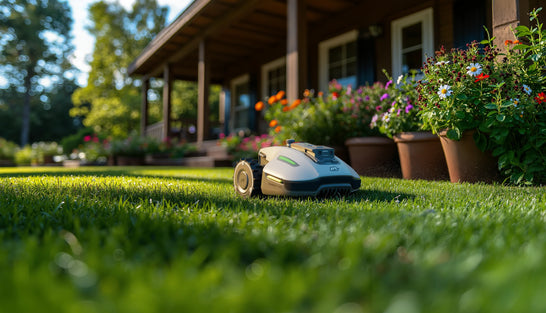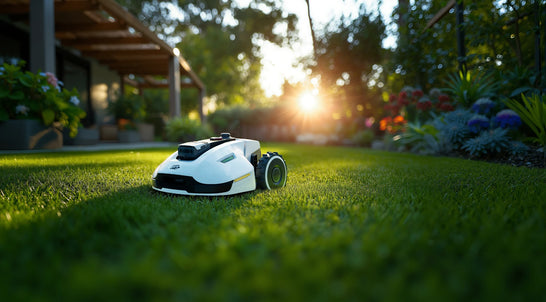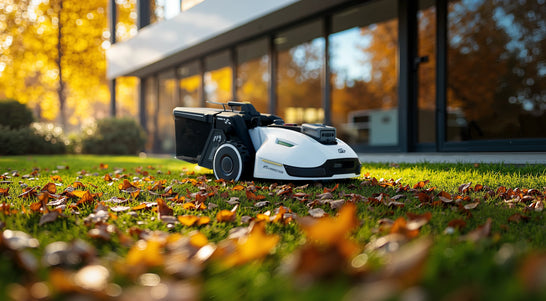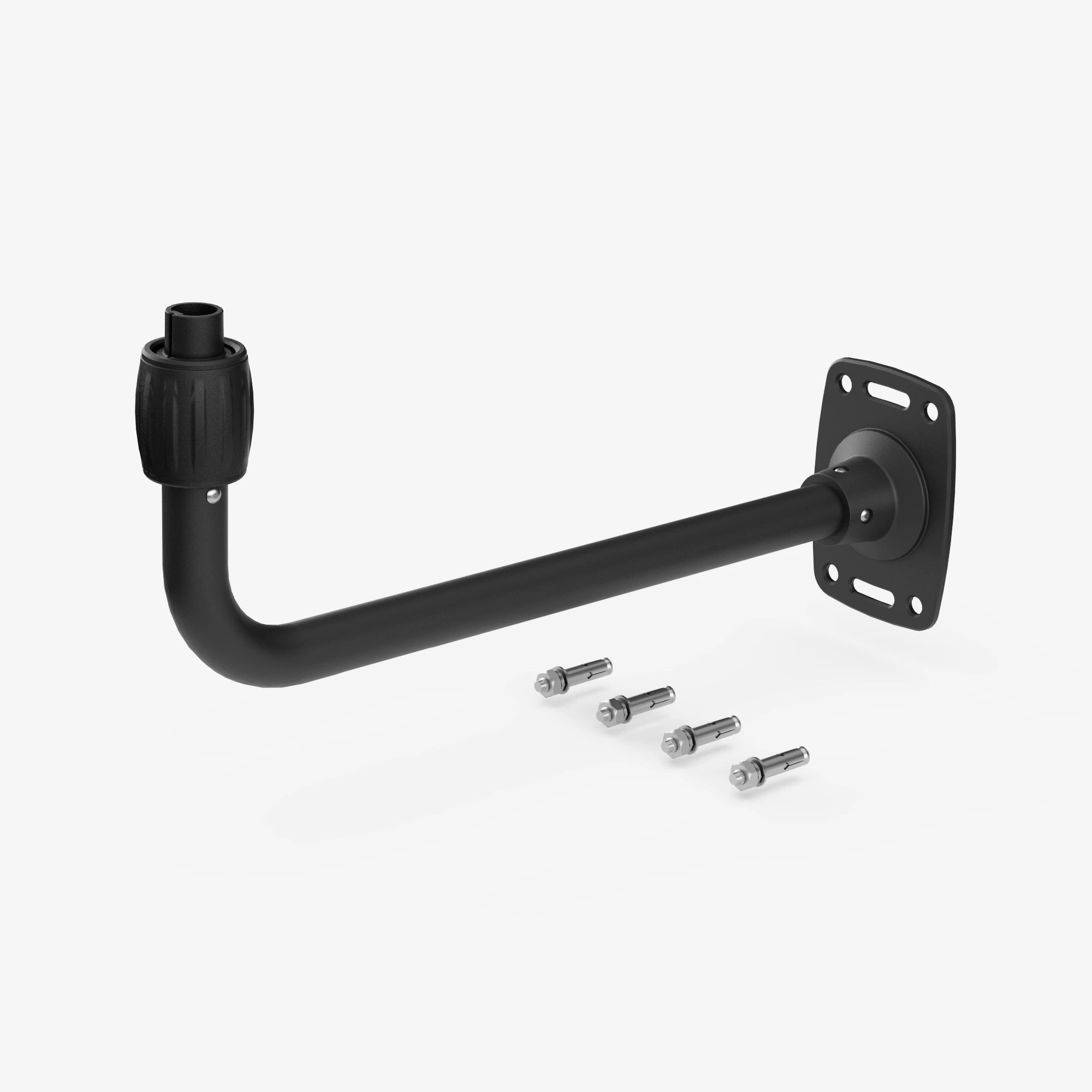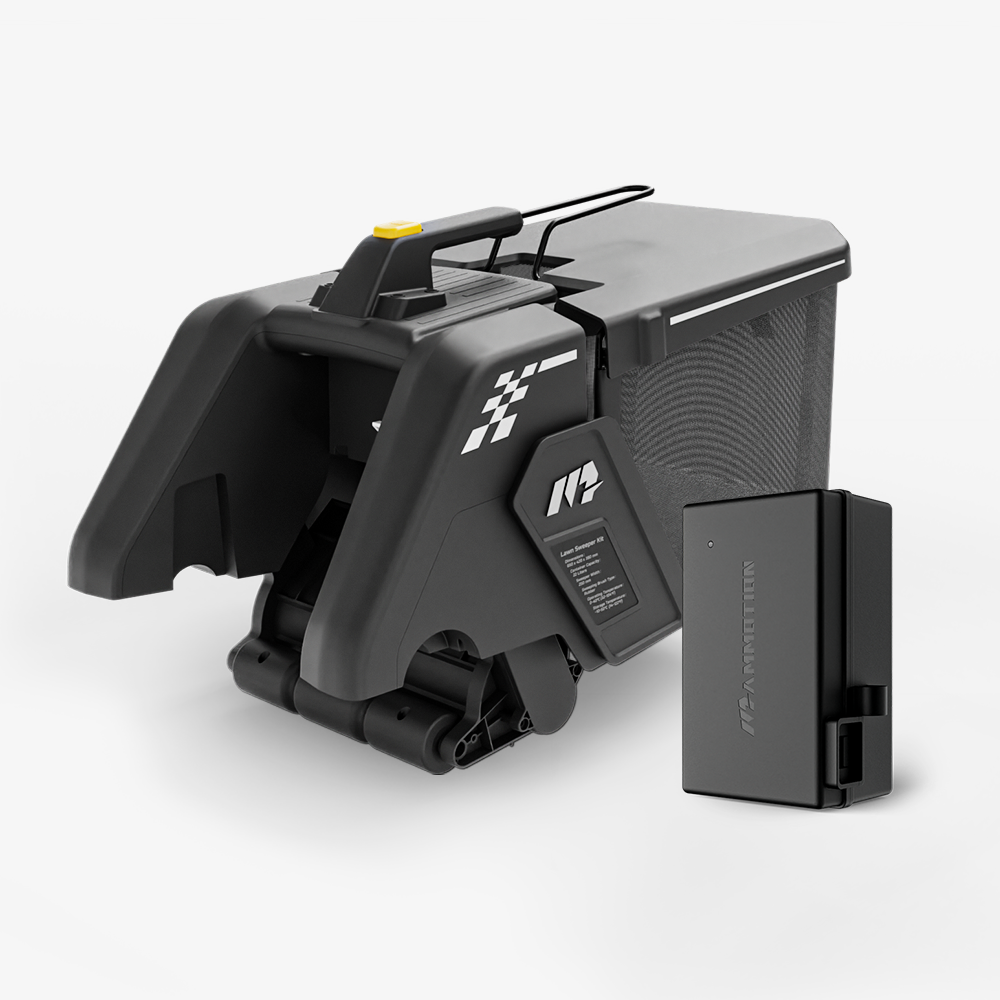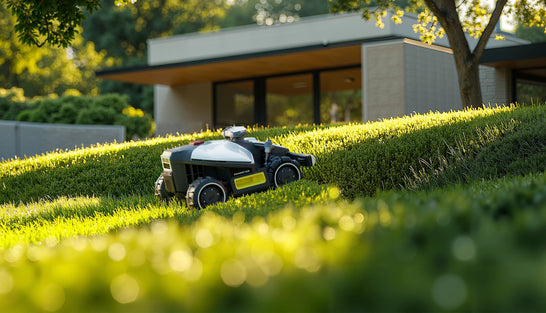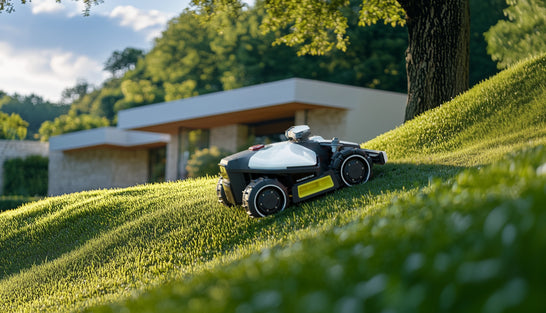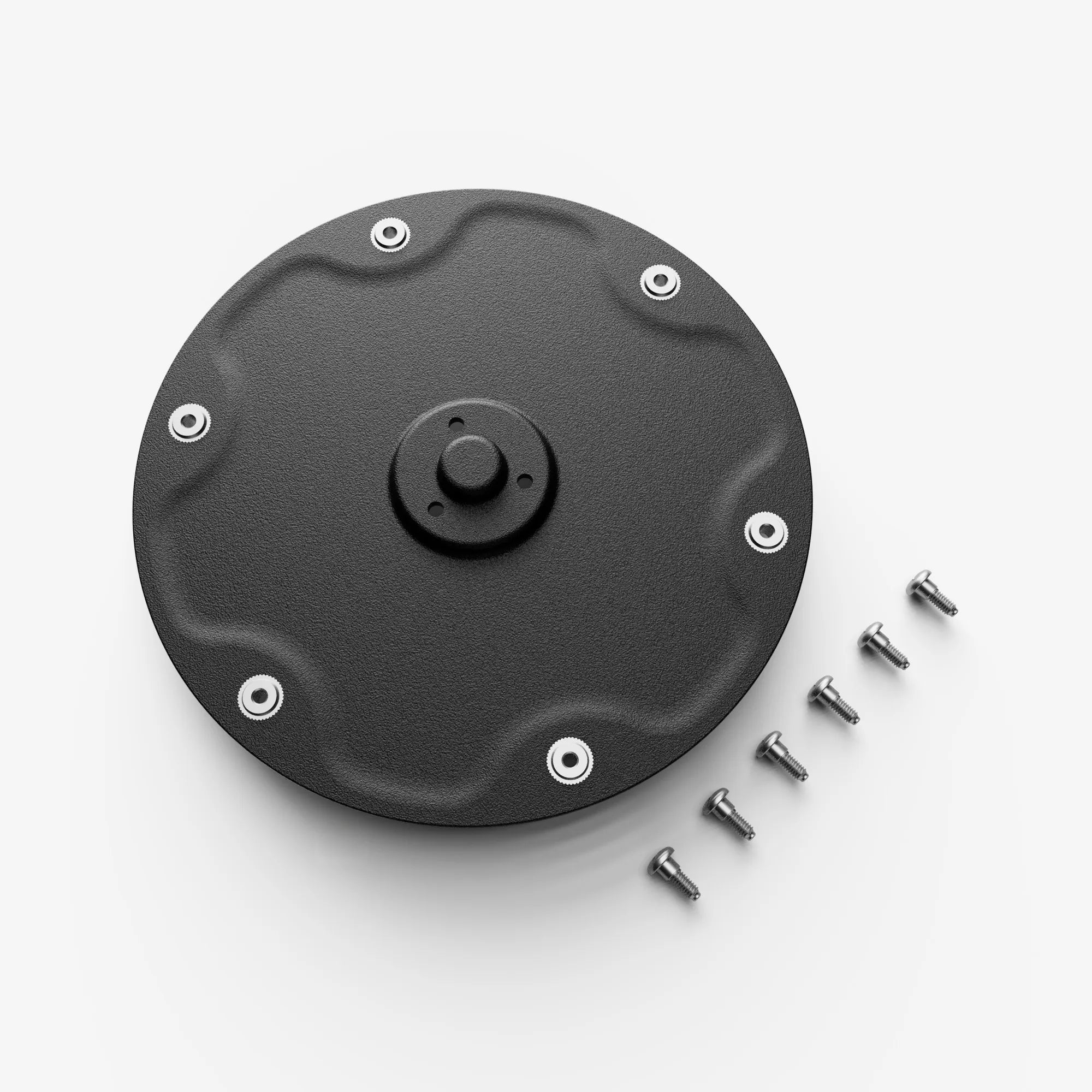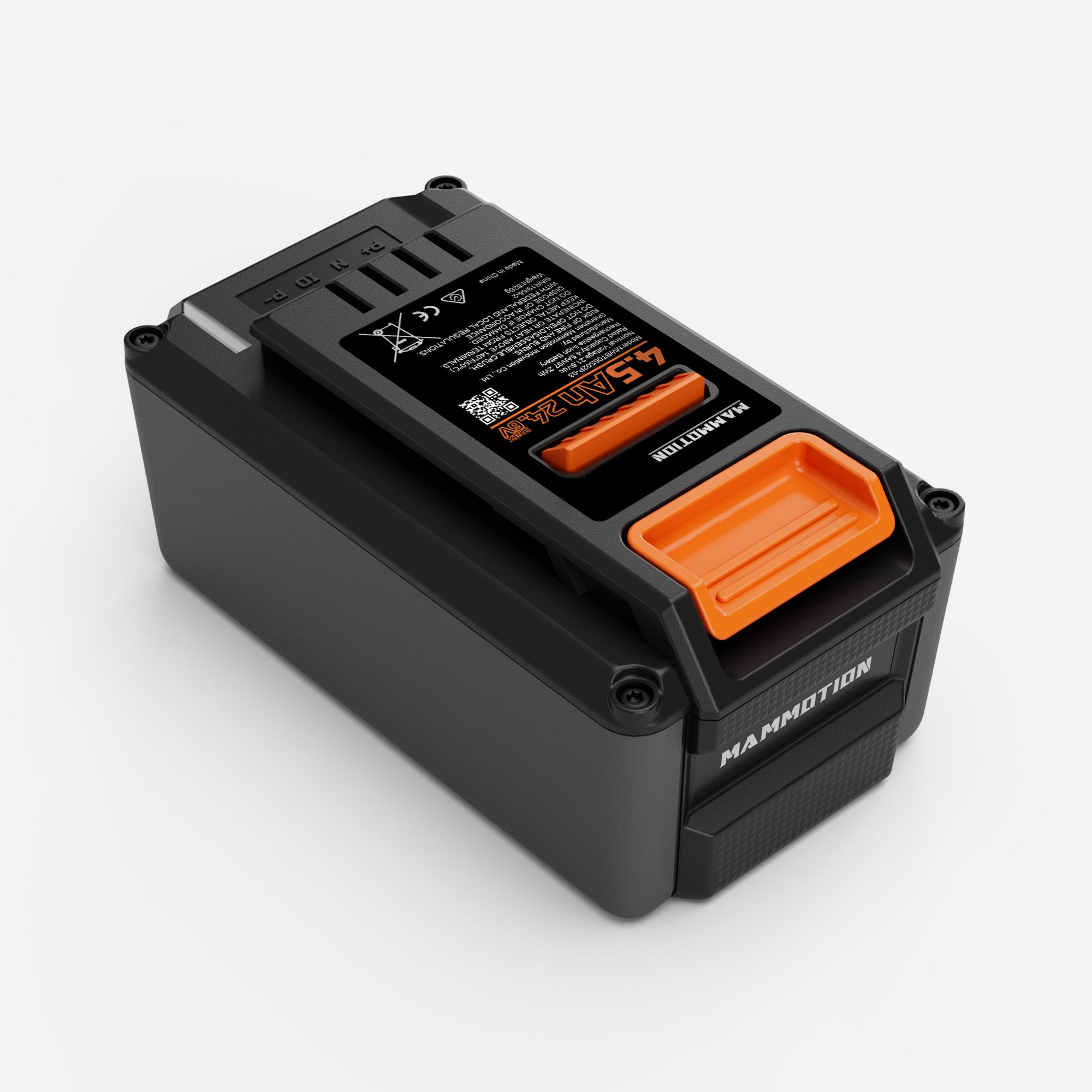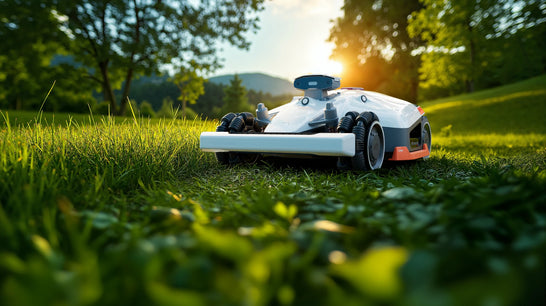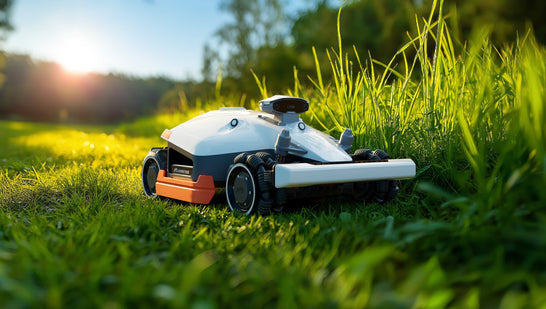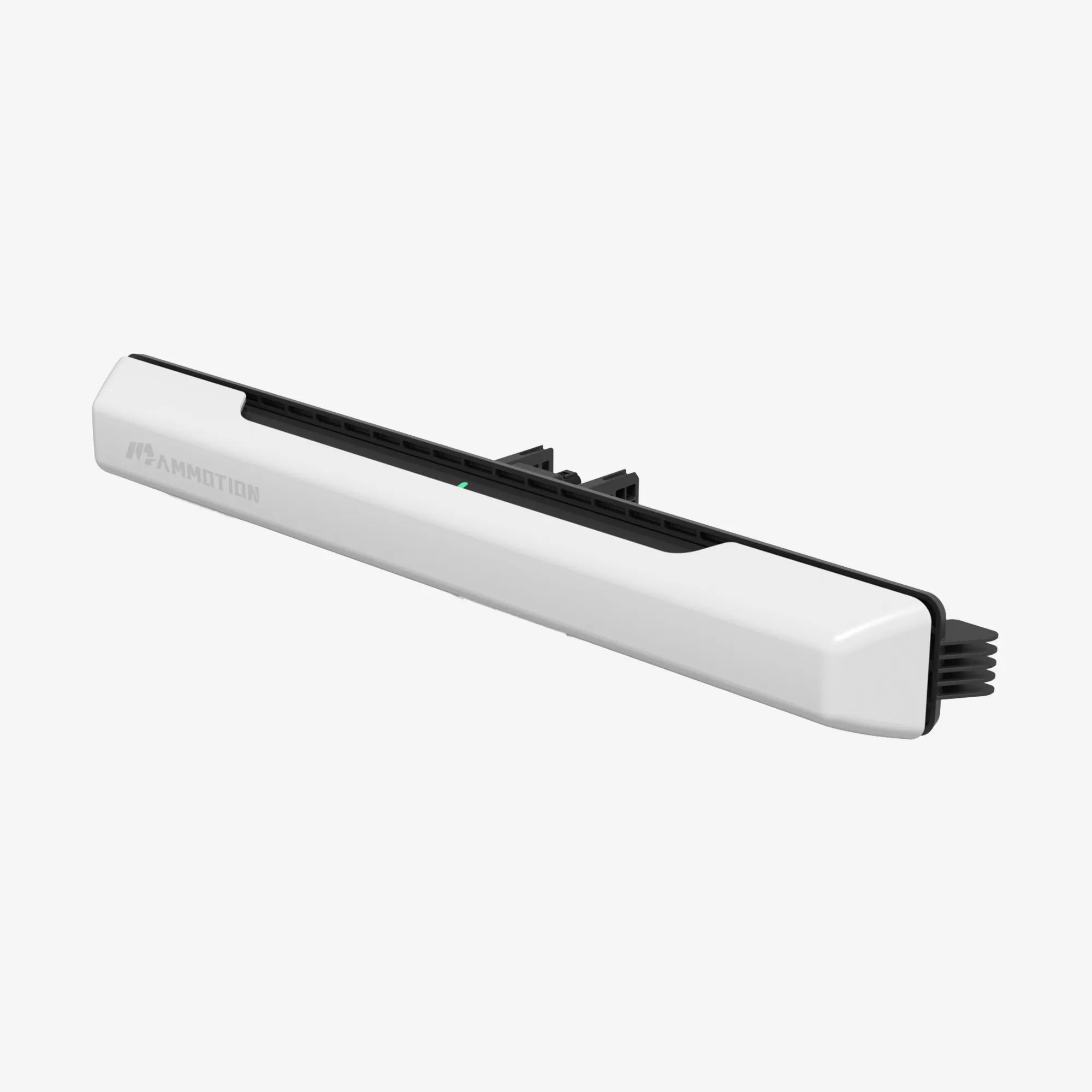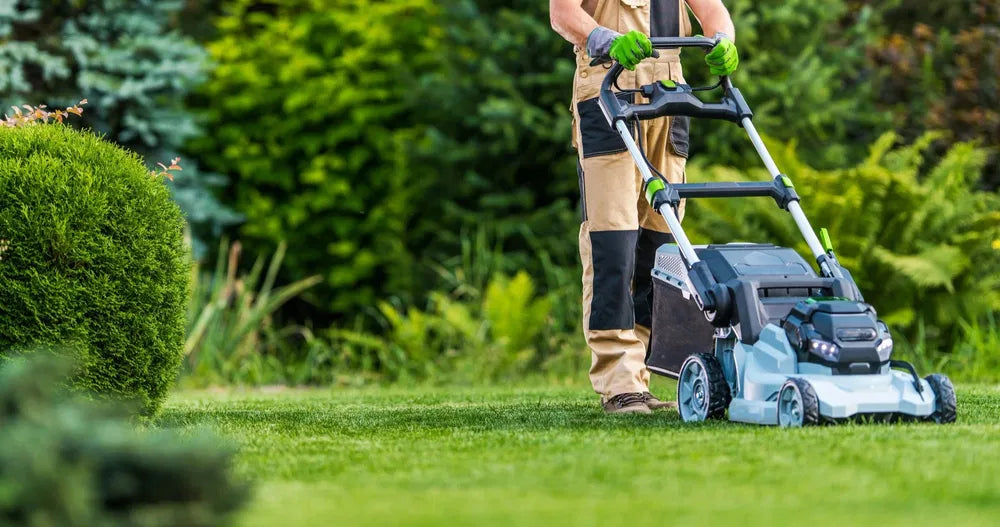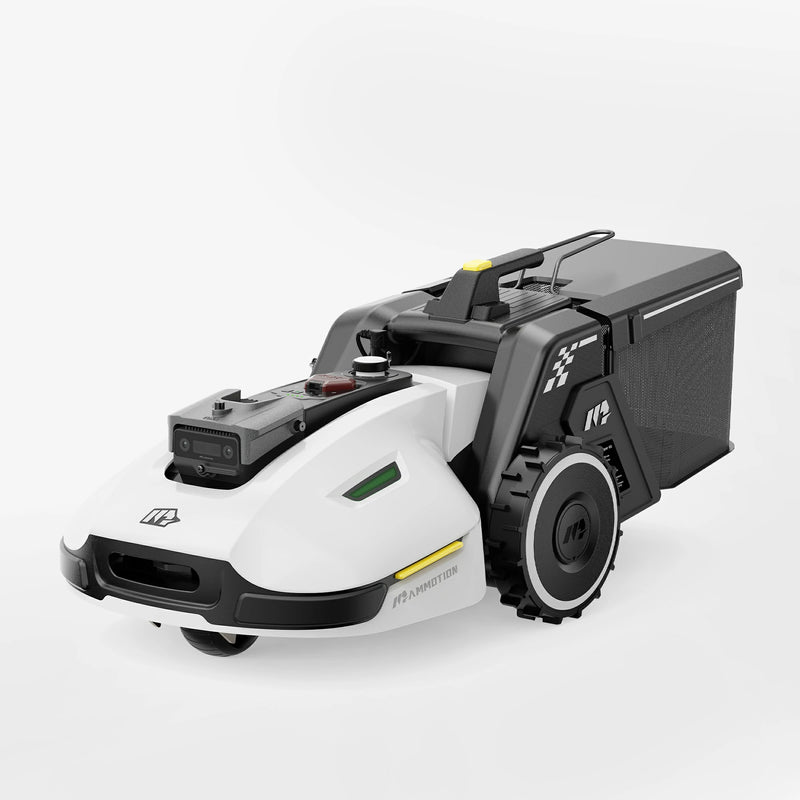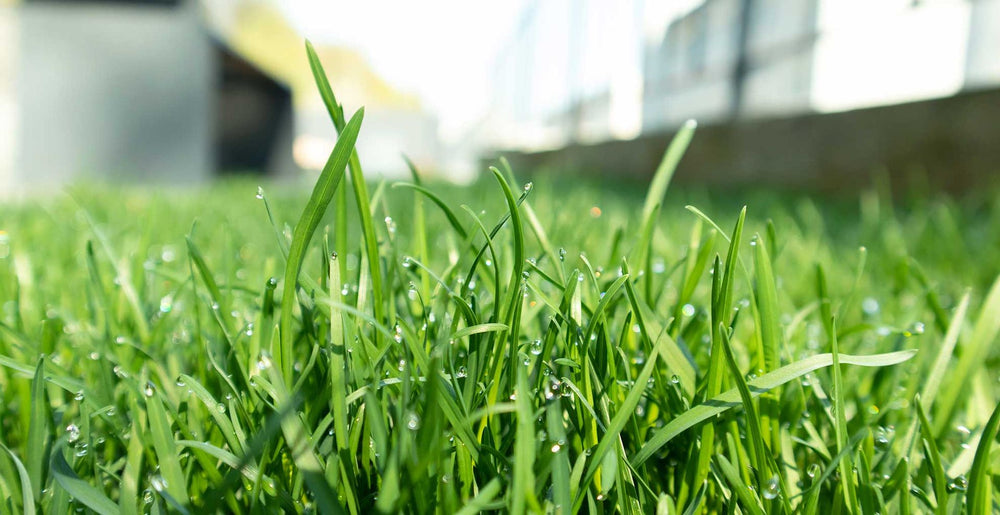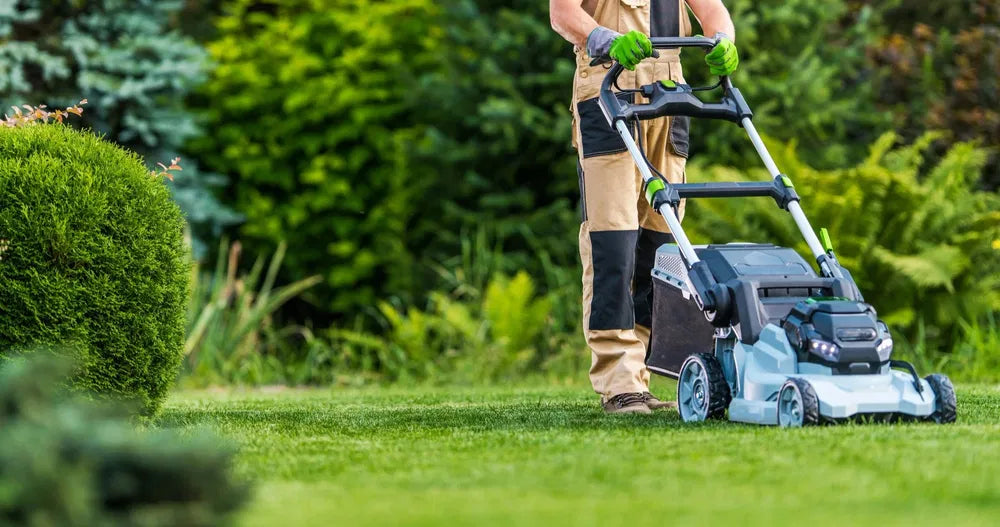Cutting wet grass might seem like a necessary evil. After all, your schedule doesn’t always wait for the weather to cooperate, and a lawn that’s quickly overgrowing after several days of rain can’t be ignored forever. But is cutting grass when it’s wet actually a good idea—or could it be doing more harm than good?
While it may feel like a small shortcut, cutting wet grass can lead to a range of issues, from damaging your lawn’s health to clogging your mower and creating dangerous working conditions. Whether you’re a homeowner managing a weekly yard routine or a professional groundskeeper facing unpredictable weather, knowing when—and how—to cut wet grass can make the difference between a lush, thriving yard and one that struggles to recover.
In this guide, we’ll break down what really happens when you cut wet grass, the most common mistakes to avoid, and expert-backed techniques to minimize damage when mowing damp conditions can’t be avoided.
What Actually Happens When You Cut Wet Grass
At first glance, cutting wet grass may seem like only a minor inconvenience—some clumping here, some slipping there. But beneath the surface, quite literally, the consequences are more serious than they appear. Understanding what happens during the cutting process when grass is wet reveals why this practice should be approached with caution.
1. Grass Blades Tear, Not Cut Cleanly
When grass is saturated, it becomes softer and more flexible. Instead of standing upright to meet the mower blade, it bends under the weight of water. As a result, blades of grass are more likely to tear than to be cleanly sliced. This tearing creates jagged, uneven wounds, leaving your lawn vulnerable to fungal infections, pests, and stress.
2. Mower Blades Get Clogged and Dull Quickly
Wet grass tends to stick to everything—especially the underside of your mower’s deck and the blades themselves. This buildup creates drag, dulls your blade faster, and forces the motor to work harder, sometimes causing stalling or overheating. A clogged mower not only reduces cutting efficiency but may even damage the engine over time.
3. Uneven Cutting and Scalping Become Common
Water-weighted grass blades often lie flat against the soil, which causes your mower to pass over them without making a clean cut. Then, on the next pass—especially if you're mowing perpendicular—you may catch the same area at a slightly different height, leading to uneven patches or even scalping (cutting too close to the crown). This results in an unattractive, unhealthy lawn.
4. Wet Soil Gets Compacted
Heavy mowing equipment or even repeated foot traffic on wet ground compresses the soil, reducing pore space and oxygen availability for grassroots. Compacted soil makes it harder for water to drain and nutrients to move, weakening your lawn’s health in the long run.
5. Clippings Clump and Smother the Lawn
Instead of being finely distributed, wet grass clippings tend to clump together in heavy, wet mats. These clumps block sunlight, trap moisture, and create the perfect environment for mold and lawn diseases like dollar spot or brown patch. Left untreated, these patches can spread and cause visible damage.
Biggest Mistakes People Make When Cutting Wet Grass
Many people assume that if the mower starts and the yard is passable, cutting wet grass is no big deal. But in reality, most damage to lawns and mowing equipment during wet conditions isn’t from the water alone—it’s from avoidable user mistakes. Here are the most common ones to watch for:
1. Using Dull or Dirty Mower Blades
Wet grass is already difficult to cut cleanly, and dull blades only make the problem worse. Instead of slicing the grass, they shred and pull it, leading to frayed edges that invite disease and stress. Wet clippings also cling to dirty blades, compounding the issue and reducing cutting efficiency.
2. Setting the Cutting Height Too Low
Trying to cut wet grass short is a recipe for disaster. The grass is heavier and more likely to lay flat, causing the mower to scalp the lawn or leave behind uncut patches. In damp conditions, raising the cutting height by at least one setting helps avoid tearing and uneven cuts.
3. Ignoring the Mower Deck
Wet grass clippings stick underneath the mower deck like glue. If not cleared regularly, they clog the discharge chute, slow down blade rotation, and increase the risk of overheating. Some users unknowingly mow an entire yard with a half-blocked deck, leaving behind clumpy rows and uneven results.
4. Mowing in a Random or Rushed Pattern
When conditions are less than ideal, your mowing strategy matters more than ever. Cutting in a rushed, inconsistent pattern increases overlap errors and makes it harder to avoid rutting or compacted areas. Instead, wet grass should be cut in straight, consistent lines, avoiding turns on soft soil.
5. Trying to Mulch Instead of Discharge or Bag
Mulching is an excellent practice—but not when the grass is wet. Clippings clump together instead of being finely shredded, choking out healthy grass beneath them. In wet conditions, it’s far better to side-discharge or bag the clippings, then dispose or compost them separately.
6. Skipping Cleanup Afterward
Leaving clumps of wet clippings on your lawn may not seem like a big deal at first, but it’s one of the fastest ways to smother your turf and encourage fungal problems. Always take time after cutting wet grass to rake out thick patches and spread clippings evenly—or remove them entirely.

How to Cut Wet Grass Safely: Pro Tips That Actually Work
While avoiding the practice altogether is ideal, cutting wet grass isn’t always avoidable—especially during extended rainy periods or in regions with high humidity. Fortunately, with the right approach and precautions, it’s possible to minimize damage to both your lawn and equipment.
Here’s how professionals manage the process when cutting wet grass becomes necessary:
1. Use High-Lift or Sharp Blades
A sharp blade is essential in any mowing condition, but it becomes critical when grass is wet. High-lift blades create stronger suction, which helps lift soggy blades upright before cutting, resulting in a cleaner and more even finish. Always inspect and sharpen your blades before mowing damp turf.
2. Raise the Mower Deck Height
Trying to cut wet grass too low increases the chances of scalping and clogging. Instead, raise your deck one to two levels above your normal height. This allows the mower to glide over uneven patches and reduces the strain on the engine and turf.
3. Mow in Partial Rows or Overlap Slightly
To ensure you’re catching flattened grass that the wheels may press down, overlap your mowing rows by 25–50%. In particularly wet areas, consider cutting only half-width swaths with each pass. It’s slower, but dramatically reduces the risk of missed spots and blade overload.
4. Clean the Mower Deck Frequently
Every 10–15 minutes, stop and check underneath the deck. Wet grass buildup happens fast, especially in humid conditions. Use a scraper or hose to remove compacted clippings, ensuring airflow and blade rotation stay efficient.
5. Avoid Tight Turns on Soft Soil
Mowers—especially heavier ride-ons—can rut the soil when turning tightly in wet ground. To protect the root zone, plan wider turns or use a 3-point turn method to avoid tearing up turf or compacting vulnerable areas.
6. Choose Discharge or Bagging Over Mulching
Mulching is not advisable in wet conditions, as clippings tend to stick and mat. Instead, use the side discharge setting or attach a bagging system. If clumps still form, rake and spread them manually to prevent turf smothering.
7. Time It Right: Wait for Surface Drying if Possible
Even if the soil remains moist, waiting for morning dew to evaporate or recent rain to subside can make a big difference. Aim to mow later in the day when the surface moisture has dissipated, reducing mower drag and clumping.
Lawn Recovery Tips After Cutting Wet Grass
Even with careful mowing techniques, cutting wet grass puts extra stress on your lawn. Soil compaction, torn blades, and excess clippings can all contribute to long-term damage if not addressed. To help your lawn recover quickly and stay healthy, consider these expert-backed aftercare steps:
1. Rake Out Any Remaining Clumps
After mowing, walk the lawn and manually break up or remove any wet clumps left behind. These mats of clippings block sunlight and trap moisture, which can suffocate the grass beneath and lead to fungal growth if left untreated.
2. Aerate Compacted Areas
If the soil feels squishy underfoot or you notice mower ruts, your lawn may have experienced soil compaction. Use a manual or mechanical aerator to relieve pressure, especially in high-traffic zones. This improves drainage and helps roots access oxygen and nutrients.
3. Inspect for Disease Symptoms
Wet mowing increases the risk of turf diseases like brown patch, pythium, or leaf spot. Over the next few days, watch for signs like yellowing, slimy blades, or circular brown spots. Early detection is key—treat with a fungicide or lawn care professional’s help if needed.
4. Apply a Light Fertilizer (Optional)
If your lawn shows visible stress after cutting wet grass—such as limp blades or color fading—a light application of nitrogen (preferably slow-release) can support recovery. Avoid over-fertilizing, especially if rain is still in the forecast.
5. Avoid Mowing Again Too Soon
Give your lawn time to recover before the next mowing. Wait until the turf is dry and standing tall again—usually 3–5 days, depending on weather. Repeated mowing under wet or stressed conditions can compound the damage and weaken the lawn’s long-term health.
Conclusion: Is Cutting Wet Grass Worth the Risk?
So—should you be cutting wet grass? Ideally, no. The risks to your lawn’s health, mower performance, and even your own safety outweigh the convenience in most cases. Torn grass blades, soil compaction, equipment stress, and fungal threats are all very real concerns.
That said, life doesn’t always wait for ideal weather. If you absolutely must mow a wet lawn, following proper techniques—using sharp blades, raising your deck height, mowing strategically, and avoiding mulching—can help you minimize damage and stay in control.
Remember: A healthy lawn depends just as much on timing and technique as it does on regular maintenance. If you’re routinely forced into cutting wet grass, it may be time to reassess your mowing schedule or drainage setup to better align with your local climate.
Whenever possible, let the lawn dry. But when that’s not an option, cut smarter, not harder. Contact us if you have any questions about lawn care.
Frequently Asked Questions
1. Is it ever okay to cut wet grass?
Yes, but only when necessary and with proper precautions. Use sharp blades, raise the deck height, and avoid mulching. Try to mow when surface moisture has dried, even if the soil remains damp.
2. Will cutting wet grass ruin my mower?
It can cause significant wear over time. Wet clippings stick to the blades and deck, leading to clogging, overheating, and faster dulling of blades. Regular cleaning is essential if you must mow in wet conditions.
3. Does mowing wet grass cause lawn disease?
Yes. Wet conditions combined with torn grass blades and leftover clippings can encourage fungal diseases such as brown patch, pythium, and leaf spot.
4. Why does my lawn look uneven after cutting it wet?
Wet grass tends to bend instead of standing upright, causing missed patches or scalping when mowed. That’s why mowing in partial rows and overlapping is recommended.
5. Can I mulch wet grass clippings?
No. Wet grass doesn’t mulch effectively. It clumps instead of shredding evenly and can smother your lawn. Use bagging or side discharge instead.
6. How long should I wait before mowing again after cutting wet grass?
Typically, wait 3–5 days or until the grass is completely dry and upright again. Avoid repeat stress on already compromised turf.

